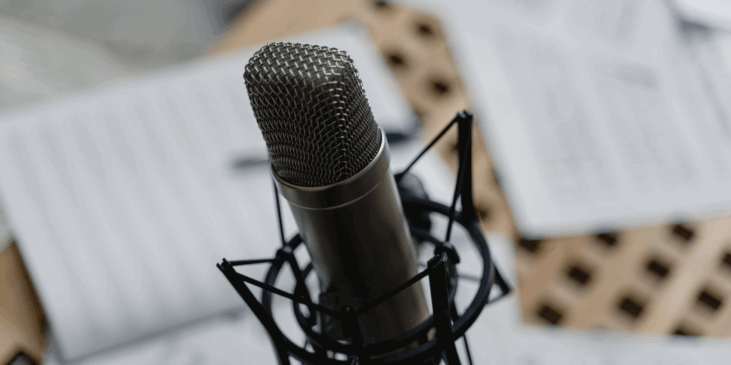By Rowlf
Practice And Equipment
You’re an Indie author, and you want to get your work into audio, but for some reason you can’t seem to manage to make it happen. You might be filled with horror at the idea of using an AI narrator, and the high cost of hiring a professional human just isn’t going to happen at this point in your career. Whatever the reason, for you, right now, the only way audiobooks are going to happen is if you narrate them yourself.
Here’s the obligatory words of warning, of course: If you’re not already good at reading aloud and telling stories orally, you probably need to pause your audiobook journey and practice reading stories out loud until it feels comfortable to you. Find a friend who wants to outsource their kid’s storytime or read books out loud to friends and family until you’re good at it, and comfortable with it. Narrating for days at a time requires a bit of practice.
Having got yourself ready, it’s time to think about the basics of self-recording.
For the actual recording, you’re going to need a microphone. Lots of people try out a career in audiobook narration, realise that it’s not for them, and then sell their barely used decent entry-level stuff on eBay, craigslist etc. Definitely a cost-effective option.
Your microphone choices are twofold. Plug and play microphones are getting pretty decent now. These are microphones like the Blue Yeti, which have all the hardware they need built into them, and plug directly into your computer. Buy the best you can afford if you’re going for this, because they often generate a little noise. It’s not much, and it can be dealt with later on in the process if it is there, but better avoided if you can.
The second option is to go for an analogue condenser microphone and an analogue/digital interface. The interface is needed to digitise the microphone signal so your computer can work with it. You’ll find plenty of these selling second hand barely used together as a set. You’ll find that the Rode NT1-A turns up a lot and is a really good value professional entry level microphone that will often be sold with a Scarlett, Behringer or other interface that will do the job for you quite nicely.
Now we need some software on your computer to actually record onto. This is normally referred to as a Digital Audio Workstation, or DAW. There are loads to choose from, but I regularly recommend Reaper. It’s free for the first 60 days and is very affordable after that if you want to continue to use it.
That’s your equipment all set up, next time I’ll go over the requirements for the space you record in.
Rowlf is an Audiobook Narrator and active member of the Dirty Discourse community


0 comments on “Tips For Recording Your Own Audiobook – Part 1”